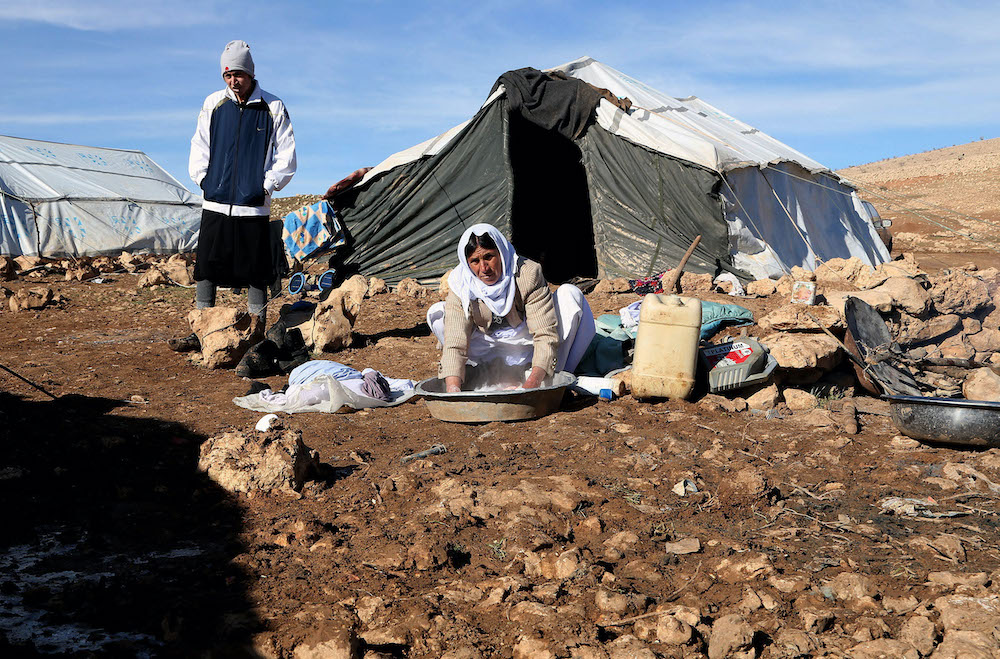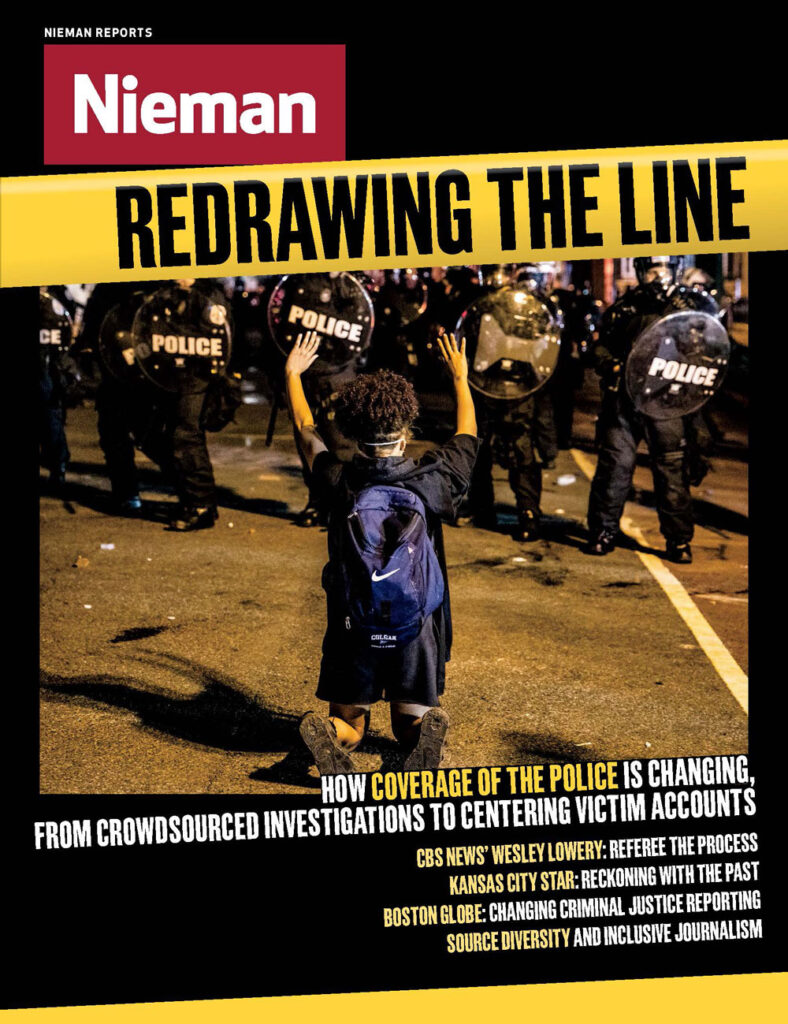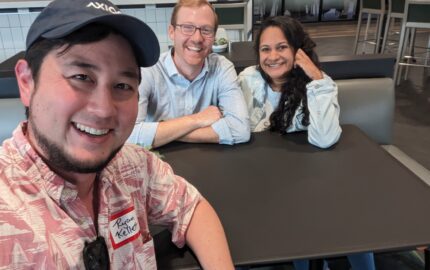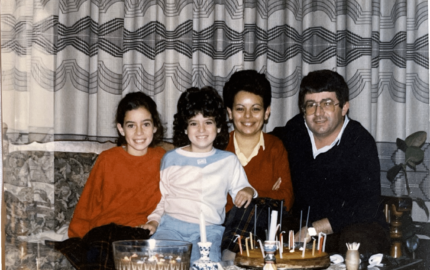It was the summer of 2001 when the news organization I worked for had an opening in its Balkans bureau; two months later, on September 11, Al Qaeda attacked the United States, and my life changed.
As I watched the news clips of smoke rising in plumes from southern Manhattan — I was in Serbia at the time — I called the Los Angeles Times Foreign desk and offered to go anywhere they wanted: Afghanistan, Pakistan, Tajikistan. I told them I didn’t understand how people could hate Americans so much, and I wanted to understand. Eight weeks later I got a call from the Foreign Desk: Could I get a visa to Pakistan?
From Pakistan I went into Afghanistan and began, in 2001, to cover war close up. In many ways, I haven’t stopped, although there have been intermissions.
What I learned was that war coverage was about much more than territory won or lost or the moment of death when the gun is fired. The story was broader and deeper, and it was never over when the shooting stopped. I asked myself if we shouldn’t try to redefine what it means to cover war. War is also the story of civilians, of young women widowed, of lost childhoods. It almost always damages the arts, smashes monuments, and attempts to erase history or rewrite it. It changes a society’s sense of time. People learn to live for the moment because there may not be a tomorrow.
One of my first deeply challenging stories was in July 2002. There had been a wedding in a remote area of Afghanistan, which had been bombed by the Americans. The goal was to kill Taliban that the U.S. military said had joined the festivities. After a two-day drive we reached the mountain redoubt where it happened. The setting was idyllic, with sheer rock faces nearby and green fields near the river so rich that you wanted to eat them.
It turned out that the bombing had killed the bridegroom and 47 other people, most of them women and children. The bride was now in mourning. There were still bits of flesh in the trees.
Were there Taliban there? Yes, almost certainly. How many? Hard to say—only a few out of those killed. Did it make a difference that they were dead? The Americans said so, but it wasn’t clear. What had been the cost? For those who lost their families, the scars would not heal. The cost to the Americans was trust — trust in the accuracy of their fire power and hatred for their cavalier disposal of the lives of women and children. To this day Oruzguan Province remains largely under Taliban control.
At the time, one of the elders said to me “Is this your democracy?”
I covered most intensively wars and conflicts where the United States has been an agent of violence, either directly or indirectly, because I believe citizens need to know what their government is doing and the true price of victory.
I began writing about women—especially disfavored ones. I wrote about divorced members of the Iraqi Parliament, and women suicide bombers, and I wrote about the rise of sectarianism. In Afghanistan I did extensive reporting on battered women, police women, and murdered women. In 2014, I was in Iraq as the Islamic State took over the country’s north. The extremists targeted for especially brutal treatment Shia Muslims and Yazidis, whom the Islamic State said were infidels. They killed about 5,000 Yazidis, mostly men, and forced thousands of young women into slavery. Most Yazidis fled, many of them on foot, and about 30,000 got stuck on Mount Sinjar in northern Iraq.
On August 12, 2014, I went up in an Iraqi military helicopter to try to understand what was happening to the Yazidis. The pilot, eager to help those who were stranded on the mountaintop allowed too many people to get on. There were no seats, everyone was piled up on top of each other and, after a shaky take off, the helicopter tipped and crashed.
The pilot was killed; many were wounded, and I was flung against the metal back of the pilot’s seat and lost consciousness. My wrists were crushed, my nose was badly broken, I had three broken ribs and a collapsed lung. But the worst was that I had a concussion and bleeding on the surface of my brain. I was slipping in and out of consciousness.
Ultimately, I was medevaced out of Iraq, in large part because of the efforts of my New York Times colleague Rod Nordland, who was reporting in the same area. It took seven painful months to make an initial recovery, then another 12 months to be close to full recovery.
In 2017, I started a journey that has not ended to try to find out who the people were who had rushed on to that helicopter in the 10 minutes that it touched down near the top of Mount Sinjar before crashing. Their story is so much harder than mine. They lacked good medical care; many were left jobless because of the war; most are living still in refugee camps or are crowded with relatives far from home.
Now I am trying to write their story. Wars don’t end, they peter out eventually, but people’s lives are changed forever. The loss leaves irremediable scars; civilization is battered. I owe so much to so many people I can never thank, so one reason I still do what I do is that I have a debt beyond measure. The only thing I can do is keep reporting and writing about people’s lives, their extraordinary bravery, their creativity in the face of complete devastation and, above all, their longing for a little decency.




